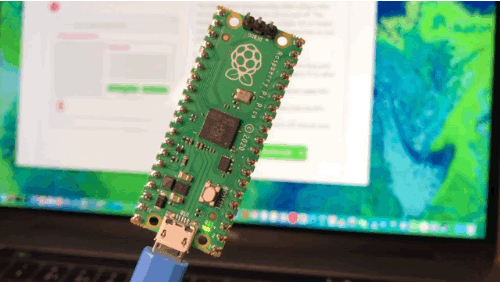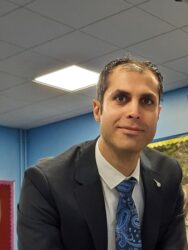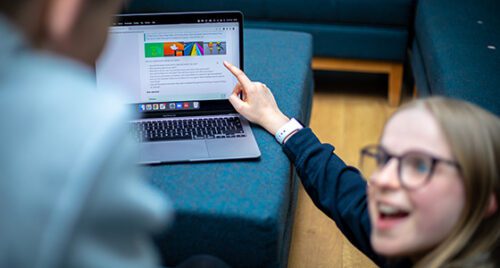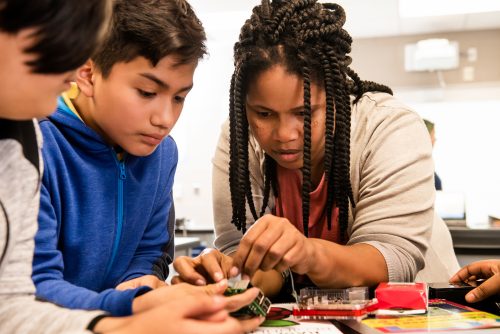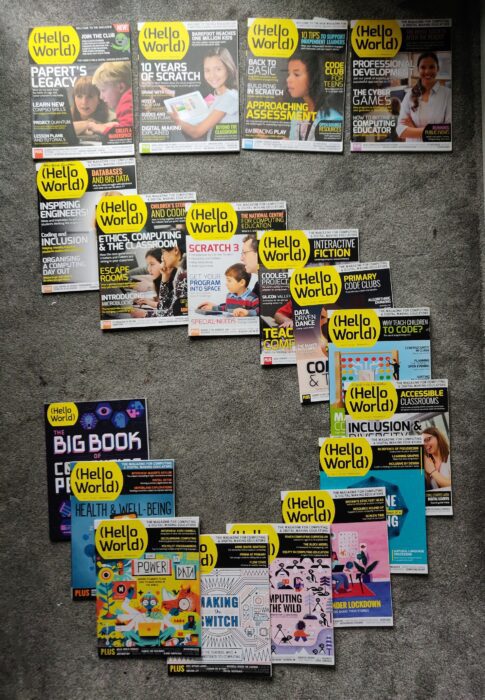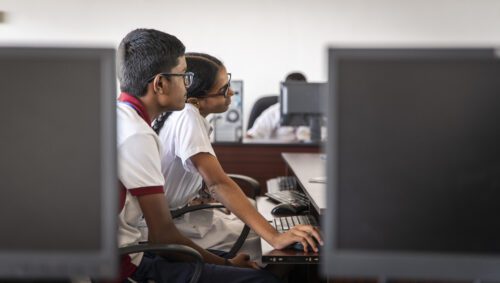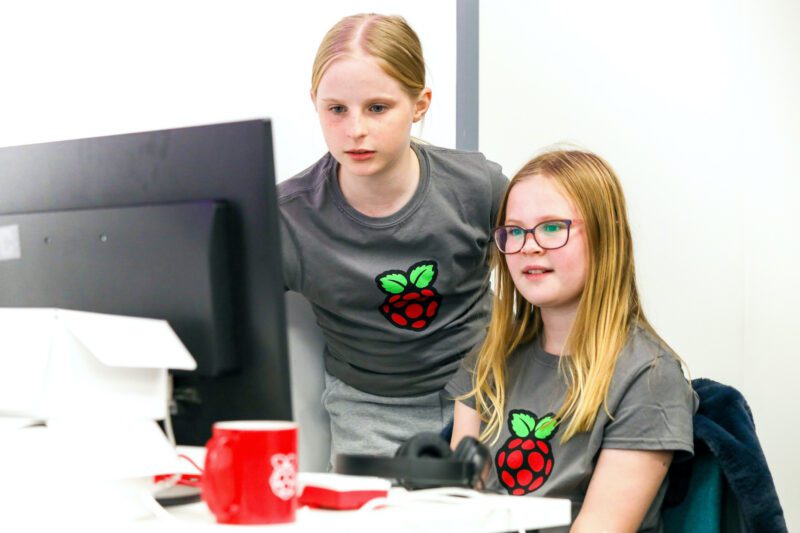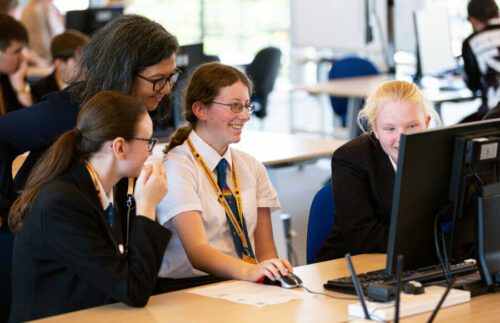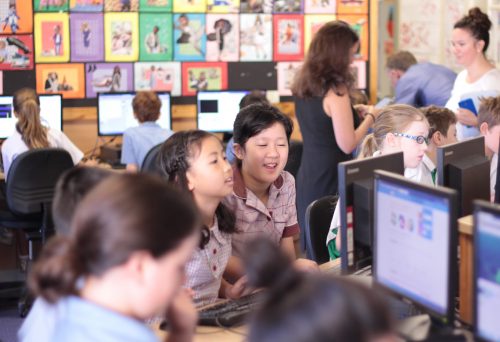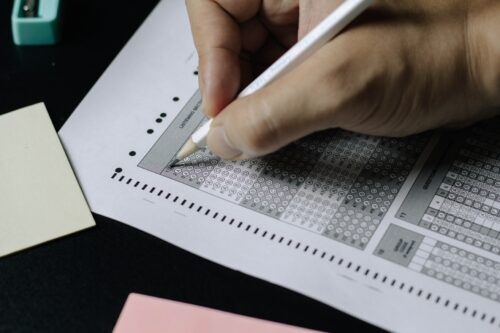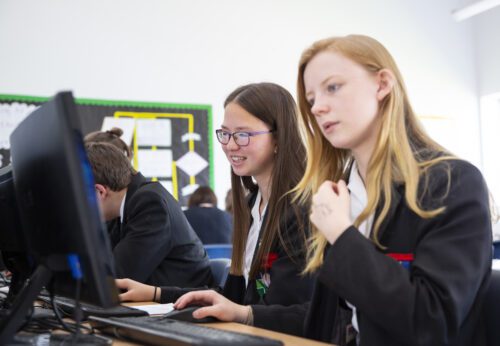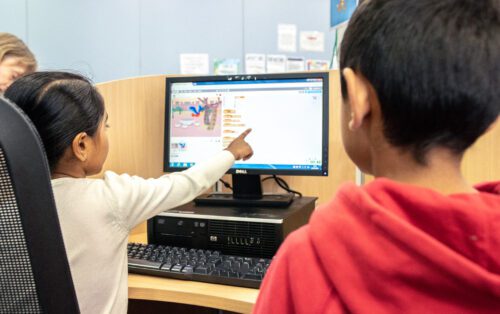Schlagwort: education
-

Get kids coding and learning electronics with Raspberry Pi Pico
Reading Time: 7 minutesSince the release of the Raspberry Pi Pico microcontroller in 2021, we have seen people all over the world come up with creative Pico-based inventions. The Raspberry Pi Pico microcontroller. Now, thanks to our brand-new and free ‘Introduction to Raspberry Pi Pico’ learning path, young coders can easily join in and make…
-

A storytelling approach for engaging girls in the Computing classroom: Pilot study results
Reading Time: 7 minutesWe’ve been running the Gender Balance in Computing programme of research since 2019, as part of the National Centre for Computing Education (NCCE) and with various partners. It’s a £2.4 million research programme funded by the Department for Education in England that aims to identify ways to encourage more girls and young…
-

A cybersecurity club for girls | Hello World #18
Reading Time: 5 minutesIn this article adapted from Hello World issue 18, teacher Babak Ebrahim explains how his school uses a cybersecurity club to increase interest in Computing among girls. Babak is a Computer Science and Mathematics teacher at Bishop Challoner Catholic College Secondary in Birmingham, UK. He is a CAS Community Leader, and works…
-

AI literacy research: Children and families working together around smart devices
Reading Time: 6 minutesBetween September 2021 and March 2022, we’ve been partnering with The Alan Turing Institute to host a series of free research seminars about how to young people about AI and data science. In the final seminar of the series, we were excited to hear from Stefania Druga from the University of Washington,…
-

Python coding for kids: Moving beyond the basics
Reading Time: 7 minutesWe are excited to announce our second new Python learning path, ‘More Python’, which shows young coders how to add real data to their programs while creating projects from a chart of Olympic medals to an interactive world map. The six guided Python projects in this free learning path are designed to…
-

Exploring cross-disciplinary computing education in our new seminar series
Reading Time: 5 minutesWe are delighted to launch our next series of free online seminars, this time on the topic of cross-disciplinary computing, running monthly from May to November 2022. As always, our seminars are for all researchers, educators, and anyone else interested in research related to computing education. Crossing disciplinary boundaries What do we…
-

Making the most of Hello World magazine | Hello World #18
Reading Time: 9 minutesHello World magazine, our free magazine written by computing educators for computing educators, has been running for 5 years now. In the newest issue, Alan O’Donohoe shares his top tips for educators to make the most out of Hello World. Alan has over 20 years’ experience teaching and leading technology, ICT, and…
-

Computer science education for what purpose? Some perspectives
Reading Time: 4 minutesAs we’re coming to the end of Black History Month in the USA this year, we’ve been amazed by the variety of work the computing education community is doing to address inequities in their classrooms. For our part, we have learned a huge amount about equitable STEM and computer science (CS) education…
-

Bringing digital skills to disadvantaged children across India
Reading Time: 4 minutesIndia’s rapidly digitising economy needs people with IT and programming skills, as well as skills such as creativity, unstructured problem solving, teamwork, and communication. Unfortunately, too many children in India currently do not have access to digital technologies, or to opportunities to learn these technical skills. Roadblocks to accessing digital skills Before…
-

Linking AI education to meaningful projects
Reading Time: 6 minutesOur seminars in this series on AI and data science education, co-hosted with The Alan Turing Institute, have been covering a range of different topics and perspectives. This month was no exception. We were delighted to be able to host Tara Chklovski, CEO of Technovation, whose presentation was called ‘Teaching youth to…
-

Coding for kids: Art, games, and animations with our new beginners’ Python path
Reading Time: 7 minutesPython is a programming language that’s popular with learners and educators in clubs and schools. It also is widely used by professional programmers, particularly in the data science field. Many educators and young people like how similar the Python syntax is to the English language. That’s why Python is often the first…
-

Calling all Computing and ICT teachers in the UK and Ireland: Have your say
Reading Time: 6 minutesBack in October, I wrote about a report that the Brookings Institution, a US think tank, had published about the provision of computer science in schools around the world. Brookings conducted a huge amount of research on computer science curricula in a range of countries, and the report gives a very varied…
-

It’s back: The Hello World podcast for the computing education community
Reading Time: 3 minutesWe set out last year to gather more stories, ideas, and inspiration from and for the computing education community in between Hello World magazine issues: we launched the Hello World podcast. On the podcast, we dive deeper into articles from Hello World, and we speak with people from all over the world…
-

The Roots project: Implementing culturally responsive computing teaching in schools in England
Reading Time: 5 minutesSince last year, we have been investigating culturally relevant pedagogy and culturally responsive teaching in computing education. This is an important part of our research to understand how to make computing accessible to all young people. We are now continuing our work in this area with a new project called Roots, bridging…
-

Creating better online multiple choice questions
Reading Time: 5 minutesIn this blog post we explore good practices around creating online computing questions, specifically multiple choice questions (MCQs). Multiple choice questions are a popular way to help teachers and learners work out the next steps in learning, and to assess learning in examinations. As a case study, we look at some data…
-

How can AI-based analysis help educators support students?
Reading Time: 8 minutesWe are hosting a series of free research seminars about how to teach artificial intelligence (AI) and data science to young people, in partnership with The Alan Turing Institute. In the fifth seminar of this series, we heard from Rose Luckin, Professor of Learner Centred Design at the University College London (UCL)…
-

How do we develop AI education in schools? A panel discussion
Reading Time: 8 minutesAI is a broad and rapidly developing field of technology. Our goal is to make sure all young people have the skills, knowledge, and confidence to use and create AI systems. So what should AI education in schools look like? To hear a range of insights into this, we organised a panel…
-

Immerse Yourself in Arduino EDUvision Season 4
Reading Time: 3 minutesHopefully you’ve been with us during the roller-coaster ride of Arduino EDUvision season 4, which just came to a close. We’ve had a wonderful time, and the response from the community has been outstanding. Arduino EDUvision began life as a way to compensate for the lack of in-person events during 2020. And now…
-

The machine learning effect: Magic boxes and computational thinking 2.0
Reading Time: 10 minutesHow does teaching children and young people about machine learning (ML) differ from teaching them about other aspects of computing? Professor Matti Tedre and Dr Henriikka Vartiainen from the University of Eastern Finland shared some answers at our latest research seminar. Their presentation, titled ‘ML education for K-12: emerging trajectories’, had a…
-

Arduino Certification Explained
Reading Time: 2 minutesArduino Certification Explained Arduino Team — November 12th, 2021 Did you know that Arduino Education offers official certification? It’s aimed at educators who use (or want to use) Arduino kits in their middle school or high school classrooms. Arduino Certification is an online exam that tests your knowledge of electronics and programming.…
-

Introducing Code Club World: a new way for young people to learn to code at home
Reading Time: 3 minutesToday we are introducing you to Code Club World — a free online platform where young people aged 9 to 13 can learn to make stuff with code. In Code Club World, young people can: Start out by creating their personal robot avatar Make music, design a t-shirt, and teach their robot…
-

Cat Lamin on building a global educator family | Hello World #17
Reading Time: 7 minutesIn Hello World issue 17, Raspberry Pi Certified Educator Cat Lamin talks about how building connections and sharing the burden can help make us better educators, even in times of great stress: “I felt like I needed to play my part” In March 2020, the world suddenly changed. For educators, we jumped…
